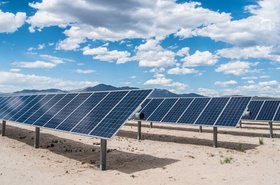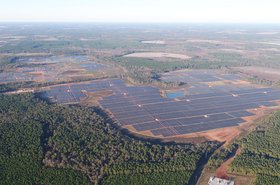An explosion at a silicone fab in Xinjiang, China could impact the already strained photovoltaic market.
A fire started at a trial production line at Hoshine Silicon's ‘997 siloxane' facility, and quickly spread, culminating in a huge explosion.
Thankfully, there were no casualties.
The shutdown comes amid tightening supplies of polysilicon, which have impacted the solar panel market over the past year. The shortage was initially caused by Covid-19 factory shutdowns, but exacerbated by a surge in demand.
Solar module companies have seen prices of polysilicon rise dramatically, along with auxiliary material costs, such as glass, silver, and copper. For some firms, which have signed long term delivery contracts, the spiraling costs are cutting into already thin profit margins.
These supply constraints come as solar capacity expands dramatically around the world, for private citizens, utilities, and large corporations.
Data center companies have turned to large solar farms to help offset their huge energy requirements.
Back in 2006, a similar silicon shortage hit the significantly smaller solar market, with it taking years for supply to catch up.
Since then, companies and researchers have sought to slim down silicon cells, reducing the amount of polysilicon required. But the resulting wafers are often too brittle, and have lower efficiencies.
Last year, research by MIT and the National Renewable Energy Laboratory found that wafers could be reduced from 160 micrometers to 100, with a potential to drop down to 40 micrometers in the future.
"There is a path," Professor Tonio Buonassisi said. "It's not easy, but there is a path. And for the first movers, the advantage is significant."




